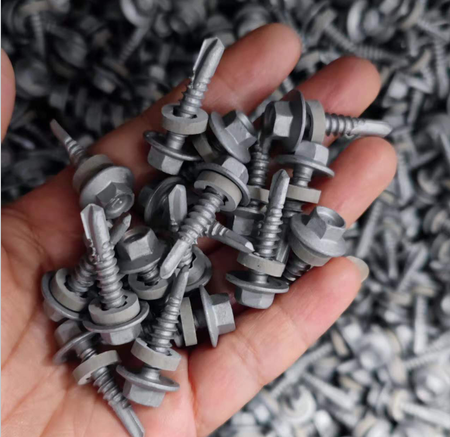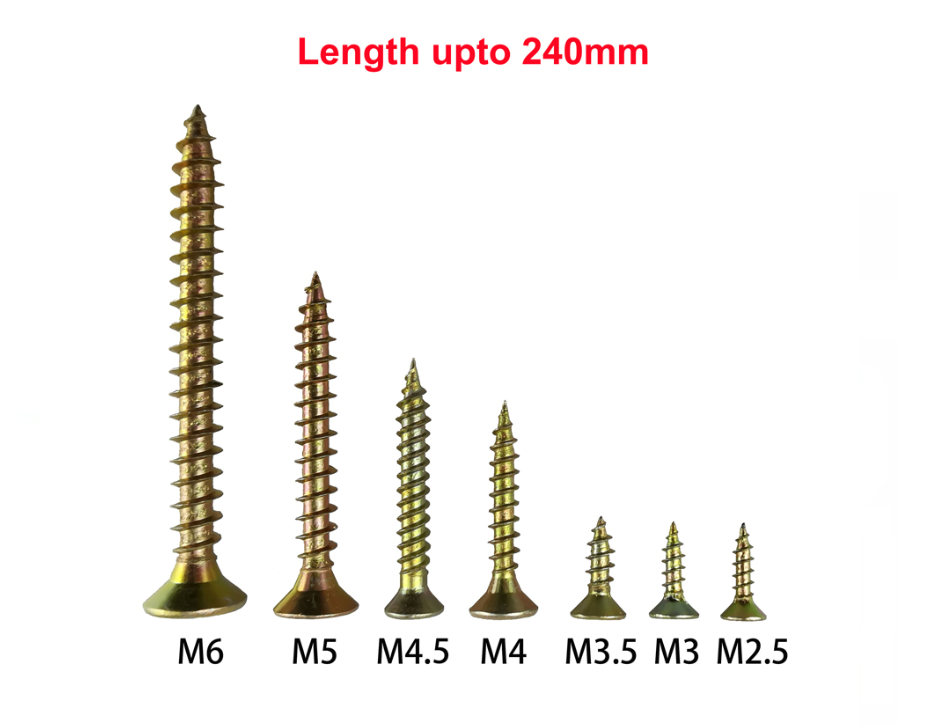Feb . 17, 2025 14:45
Back to list
FLAT WASHER
Flat washers are integral components in various applications, often overlooked but essential to the overall functionality and integrity of countless assemblies in industries ranging from automotive to aerospace. Known for their simple design, these small circular disks with a centralized hole are crafted to distribute load, reduce friction, and prevent surface damage. Their importance transcends basic mechanical constructs, offering crucial benefits that enhance the operation and lifespan of machinery and structures.
Expertise in selecting the proper size and type of flat washer is crucial for engineers and technicians. The washer's internal diameter must match the bolt size for a snug fit, while the external diameter should be large enough to effectively spread the load. Additionally, the thickness of the washer must be considered to ensure it can withstand the load without deformation. This balance of size and material ensures optimal performance and longevity of the component within its application. Trustworthiness in the use of flat washers extends to their sourcing and quality control. Reputable manufacturers ensure that their products are tested and certified to meet industry standards. This assurance of quality is essential, as the failure of a washer can lead to catastrophic consequences in safety-critical applications. An authoritative choice of manufacturer and systematic quality inspections safeguard against such failures. Innovations in washer design are ongoing, with developments such as self-aligning and anti-vibration washers emerging to meet specific application needs. Self-aligning washers, for example, are designed to correct for misalignments and uneven tightening, offering enhanced reliability in complex assemblies. Anti-vibration washers are engineered to absorb and dissipate vibrational energy, preserving the integrity of the connection in environments subject to continuous vibration. In summary, flat washers, though simple in appearance, are fundamental to the durability and effectiveness of mechanical joints. Understanding their function, selecting appropriate materials, and ensuring quality manufacturing are pivotal in harnessing their full potential. As industries evolve and demands for reliability and efficiency increase, the role of flat washers remains indispensable, underscoring their significance in engineering solutions across the globe.


Expertise in selecting the proper size and type of flat washer is crucial for engineers and technicians. The washer's internal diameter must match the bolt size for a snug fit, while the external diameter should be large enough to effectively spread the load. Additionally, the thickness of the washer must be considered to ensure it can withstand the load without deformation. This balance of size and material ensures optimal performance and longevity of the component within its application. Trustworthiness in the use of flat washers extends to their sourcing and quality control. Reputable manufacturers ensure that their products are tested and certified to meet industry standards. This assurance of quality is essential, as the failure of a washer can lead to catastrophic consequences in safety-critical applications. An authoritative choice of manufacturer and systematic quality inspections safeguard against such failures. Innovations in washer design are ongoing, with developments such as self-aligning and anti-vibration washers emerging to meet specific application needs. Self-aligning washers, for example, are designed to correct for misalignments and uneven tightening, offering enhanced reliability in complex assemblies. Anti-vibration washers are engineered to absorb and dissipate vibrational energy, preserving the integrity of the connection in environments subject to continuous vibration. In summary, flat washers, though simple in appearance, are fundamental to the durability and effectiveness of mechanical joints. Understanding their function, selecting appropriate materials, and ensuring quality manufacturing are pivotal in harnessing their full potential. As industries evolve and demands for reliability and efficiency increase, the role of flat washers remains indispensable, underscoring their significance in engineering solutions across the globe.
Next:
Prev:
Latest news
-
Top Choices for Plasterboard FixingNewsDec.26,2024
-
The Versatility of Specialty WashersNewsDec.26,2024
-
Secure Your ProjectsNewsDec.26,2024
-
Essential Screws for Chipboard Flooring ProjectsNewsDec.26,2024
-
Choosing the Right Drywall ScrewsNewsDec.26,2024
-
Black Phosphate Screws for Superior PerformanceNewsDec.26,2024
-
The Versatile Choice of Nylon Flat Washers for Your NeedsNewsDec.18,2024
Related News










